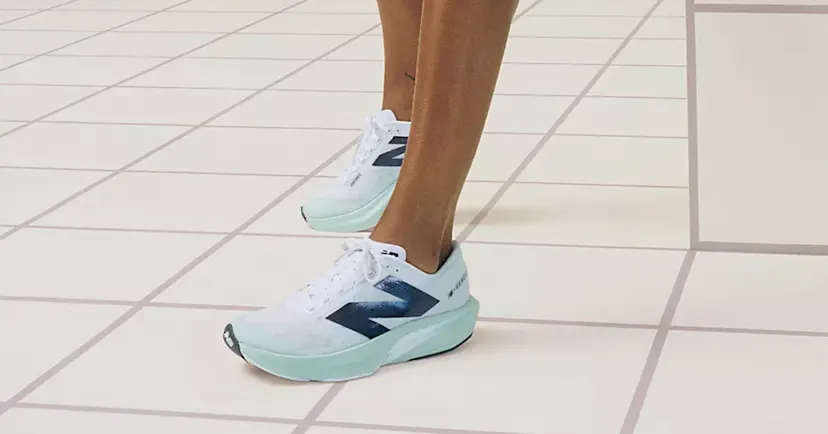New Balance FuelCell Rebel v4 Review: For Fast & Fun Miles Updated

Consumers Best Verdict: New Balance Highlights
The Rebel line has always leaned lively, and the v4 doubles down with a poppy FuelCell midsole that feels energetic on toe-off and smooth at easy paces. The upper is breathable and fuss-free, lockdown is dialed, and the outsole rubber holds up better than you’d expect for a shoe this light. It’s the pair you reach for when you want to keep your legs fresh and the pace honest—perfect for strides, uptempos, and yes, the everyday shuffle. In our new balance fuelcell rebel v4 review, we found excellent performance-to-weight value, backed by New Balance’s solid brand reputation and consumer-friendly policies from most retailers that carry it.
Look, after a lot of miles and some sweaty tempo sessions, my takeaway is simple: the New Balance FuelCell Rebel v4 is a blast to run in. It’s feather-light, springy without being twitchy, and just cushioned enough to stretch from daily miles to workouts. If you like feeling quick and nimble, this checks all the right boxes. It’s not a max-cushion cruiser or a stability tank, but as a fun, versatile trainer, it’s one of the standouts of 2025. If that sounds like your lane, I’d say grab it and don’t overthink it.
In-Depth Look: New Balance Features & Considerations
Core Features & Consumer Benefits
Here’s what stood out on foot—both during workouts and those “just get it done” weekday miles.
FuelCell midsole energy
That lively, quick-to-rebound foam gives you an easy pop without feeling harsh, so turnover stays snappy when you’re tired.
Lightweight versatility
It’s fast enough for tempo runs yet forgiving enough for daily miles—an efficient two-for-one in your rotation.
Breathable, secure upper
A simple, airy mesh with a well-behaved tongue locks down midfoot without hot spots, even when you lace it tight.
Improved outsole coverage
Strategic rubber in high-wear zones adds durability and steady grip on dry roads without weighing the shoe down.
Smooth, flexible ride
No plate, no problem—natural flex under the forefoot keeps transitions fluid and easy on calves during back-to-back training days.
Important Considerations & Potential Downsides
- Neutral, softer platform
If you need pronounced stability or guidance, the flexible midsole may feel a bit wobbly on sharp turns or late in long runs.
- Wet traction can vary
Grip is solid on dry pavement, but in rain or slick corners it’s merely okay—watch your line if you’re pushing pace.
- Fit notes for wider feet
The midfoot wrap can feel snug; some wide-footed runners may prefer a half-size up or a wide option if available.
- Not a marathon workhorse for everyone
Heavier runners or those craving max-stack cushioning may want more underfoot for 20+ milers.

Who Is the New Balance Best For?
Speed-focused daily trainer
You want a light, lively shoe that handles tempos, strides, and brisk easy days without beating you up.
5K–10K racer on a budget
You’d like race-day pop without chasing a carbon plate—this is nimble enough to go fast when you are.
Mixed-pace runners
Your week bounces from easy miles to fartleks and you prefer one shoe that can hang with all of it.
Treadmill regulars
The soft, smooth ride and breathable upper play nicely with indoor sessions and back-to-back training days.
Minimal-leaning cushion fans
You enjoy ground feel and flexibility, but still want some protection for daily volume.
Who Might Want to Explore Other Options?
- Runners needing strong stability
If you overpronate significantly or want guidance rails, a dedicated stability model will serve you better.
- Marathoners seeking max cushion
For 18–22 milers and recovery days, consider higher-stack, more protective cruisers.
- Rain-or-snow commuters
If you’re often on wet, gritty sidewalks, look for stickier rubber or an outsole designed for all-weather traction.
- Wide-foot athletes
If a snug midfoot is a deal-breaker, try models known for a broader platform and roomier toe box.






